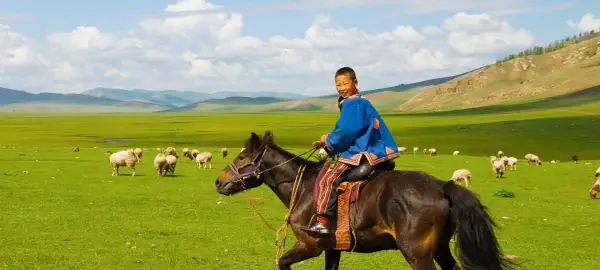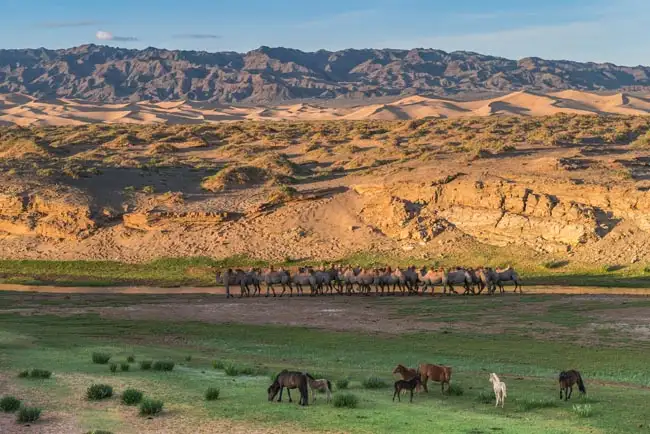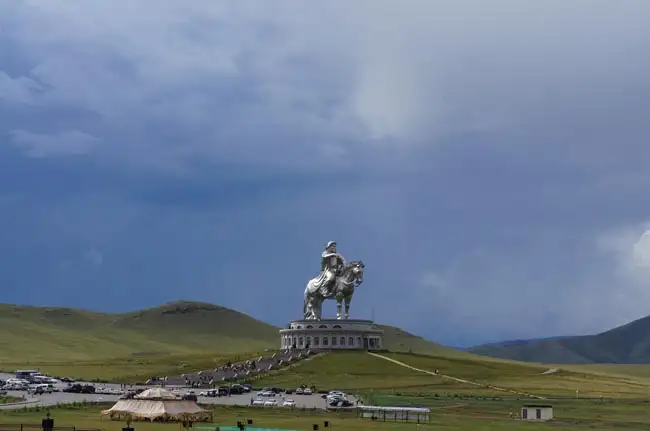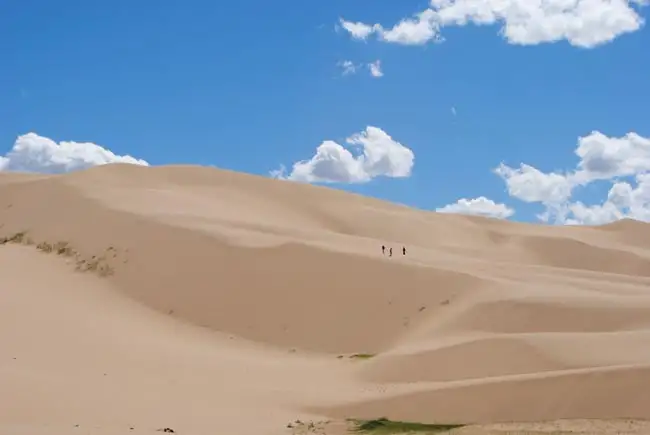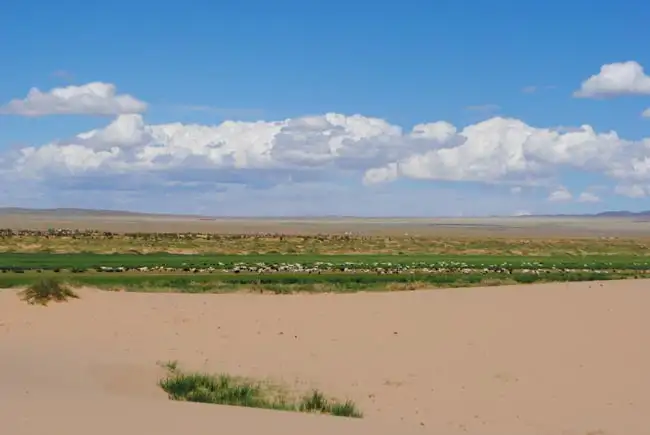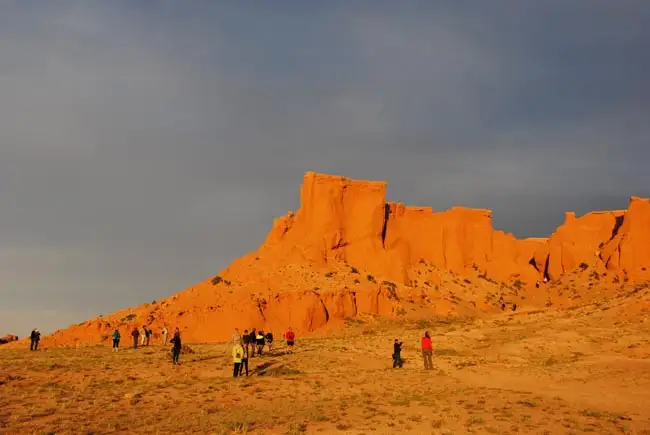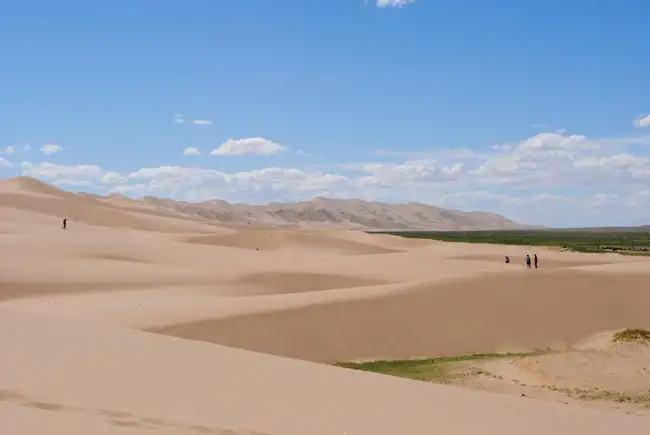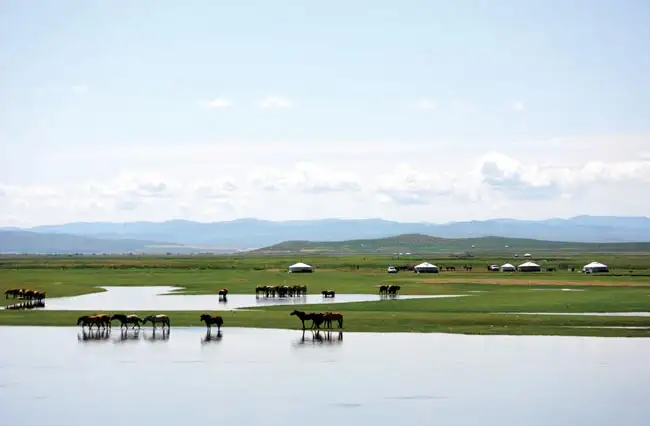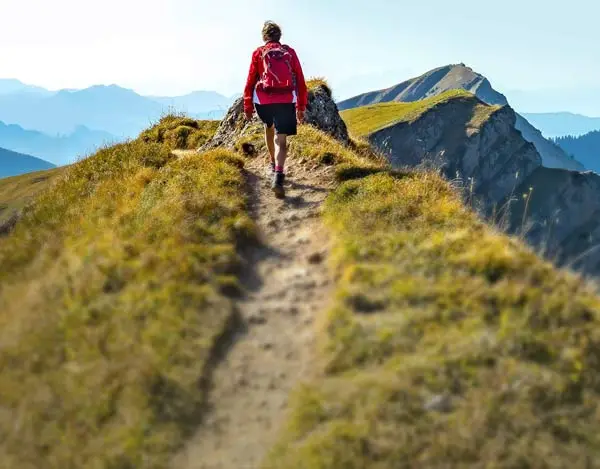After breakfast we travel to the local Naadam Festival venue (approximately one hour) to experience a full day of Mongolia's greatest celebration. The festival centres on the "Three Manly Skills"—wrestling, horse racing, and archery—along with ankle bone shooting, a traditional game using sheep knucklebones.
Naadam has roots in assemblies held by Mongol armies and nomadic wedding celebrations. Today it remains Mongolia's most important holiday, drawing families from across the countryside. People wear their finest traditional clothing—silk deels for women, boots with upturned toes, and elaborate headdresses. The atmosphere combines athletic competition with social gathering, music, and feasting.
Wrestling matches follow ancient rules with no weight classes or time limits—matches end only when one competitor's shoulder, elbow, or knee touches ground. Young riders race horses across open steppe, some as young as five years old. Archers use traditional recurve bows, aiming at leather targets from prescribed distances.
Beyond the formal competitions, the festival grounds offer food stalls, craft vendors, and impromptu gatherings where Mongolians socialize, sing traditional songs, and celebrate their heritage.
NOTE: Naadam operates on flexible scheduling rather than strict timetables. Our local guide will adapt our program to maximize the experience as events unfold.
Overnight at Dream Gobi Camp.
Included Meal(s): Breakfast, Lunch and Dinner